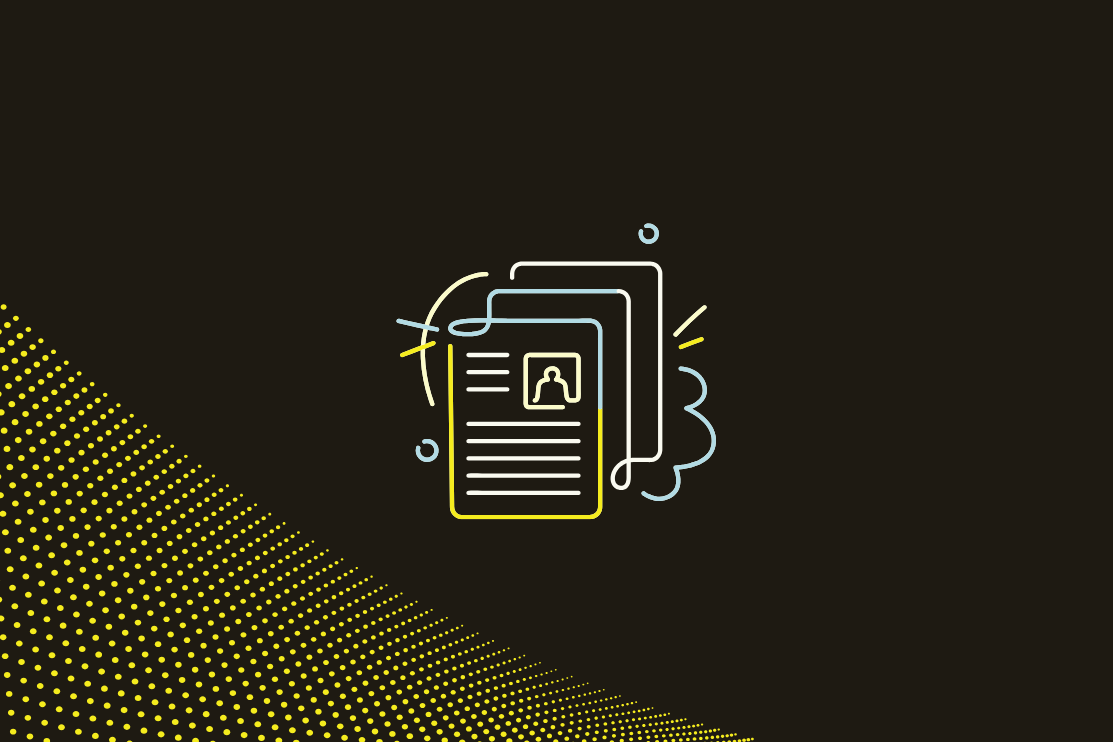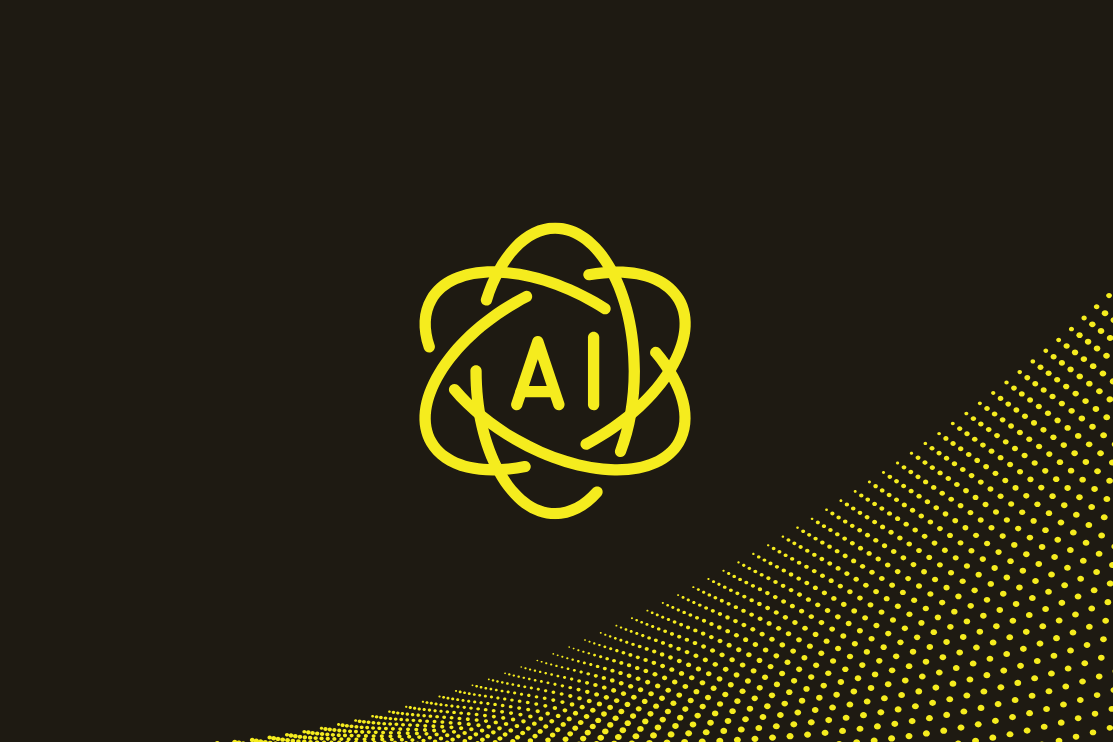Don't miss our breakout sessions!
Book time with our team on-site!
Our team is excited to meet you. Book a time that works best.


The U.S. Department of Education (USDOE) has officially begun testing the 2025-2026 Free Application for Federal Student Aid (FAFSA). The FAFSA serves as a gatekeeper for millions of students each year to access critical financial aid to attend college, trade schools, and other types of technical education. After a tumultuous FAFSA cycle last year, the USDOE has committed to following industry best practices with a phased rollout approach as they look to regain confidence from students, families, counselors, and educational institutions.
Starting on October 1 and running through November, the FAFSA will undergo four phased or beta-testing periods with small groups of selected participants. This process is aimed at identifying issues, modeling a variety of use cases, and making improvements before the form is open to students and families nationwide on or before December 1st.
What is Happening Now:
- Phase 1 is Underway to Test the Form with a Small Group of Users: On October 1st, around 1,000 students from six community-based organizations–Alabama Possible, Bridge 2 Life in Florida, College AIM in Georgia, Education is Freedom in Texas, the Scholarship Foundation of Santa Barbara in California, and the Scholarship Fund of Alexandria in Virginia–were given access to begin completing the new FAFSA. Students and contributors from these organizations are submitting real FAFSA forms and can send their Institutional Student Information Records to any colleges they choose so they can test the entire process of FAFSA completion and dissemination to colleges.
- Organizations Who Will Participate in Future Pilot Test Phases Have Been Identified: This includes 78 community-based organizations, school districts, and institutions of higher education who applied to be included and were chosen to participate in future rounds of testing. The anticipated number of participating students is expected to grow to over 10,000 in the next phases, before FAFSA is rolled out to the general public.
What is Coming Next:
- Additional Rounds of Testing will Be Ongoing through November: The second phase of testing begins mid-October, followed by phase 3 in early November, and phase 4 in mid-November. Participating organizations have committed to recruiting a sufficient number of students to submit the FAFSA, supporting students with identifying contributors and obtaining FSA IDs, ensuring students submit their FAFSA within the first days of the launch, and gathering and submitting feedback to the Department. This data and user feedback will be used to identify any issues and inform iterative development, all with the hopes to ensure a smooth public rollout.
- FAFSA Opens on or Before December 1st: According to the U.S. Department of Education Office, the 2025-2026 FAFSA “will be available to the public on or before December 1, 2024.” It is expected that all users will be able to access FAFSA once it officially opens and all functionality will be available.
What Administrators and Counselors Can Do:
- Review the Prototype: This prototype of the 2025-2026 FAFSA provides an opportunity to view the form and better understand the user experience. This allows schools and districts to plan and prepare for student and family support once the form is released to the public.
- Register for Training: Registration is now open for the free 2024 Federal Student Aid Training Conference, held virtually from December 3-6. Topics will include FAFSA-specific information and updates, along with other support and guidance on student financial aid.
- Encourage Students and Families to Prepare for the FAFSA: Students and families can now begin creating Student Aid.gov accounts, learning about documents needed for FAFSA completion, determining dependency status, and identifying required contributors with the Who Counts as a Parent on the FAFSA Form? Tool. By sending this information now, students and families can be ready to complete the FAFSA as soon as it is ready and avoid unnecessary delays.
- Stay Up-To-Date: Follow Federal Student Aid on Twitter, Instagram, and Facebook for resources and announcements.
A Hopeful Path Forward
With the changes to the approach this year, the U.S. Department of Education has made clear they are dedicated to an improved FAFSA experience for students, families, and counselors. They have committed to a more transparent process, with additional robust supports for stakeholders that include expanded call center capacity and added IT personnel. In a report outlining planned changes, the USDOE says it will work to address previous issues relevant for mixed-status families, and alleviate the workload on institutions to ensure students can access necessary aid.
Last year’s changes to the FAFSA were intended to streamline the process and make financial aid more accessible to students and families. With new leadership, a strategic rollout, and renewed project and program management protocols, the hope is that the USDOE can deliver a smooth and seamless experience for this year and beyond–ensuring that students and families have access to the assistance they need to make their dreams of attending college a reality.
Related Posts
See All
.png)



